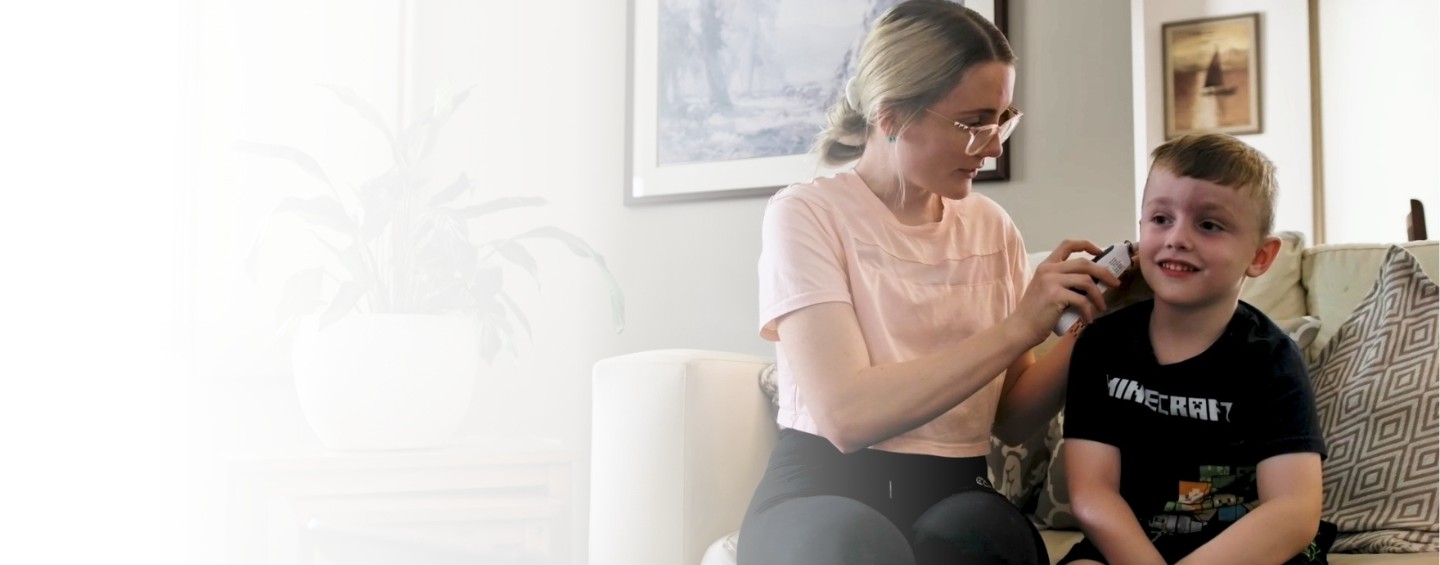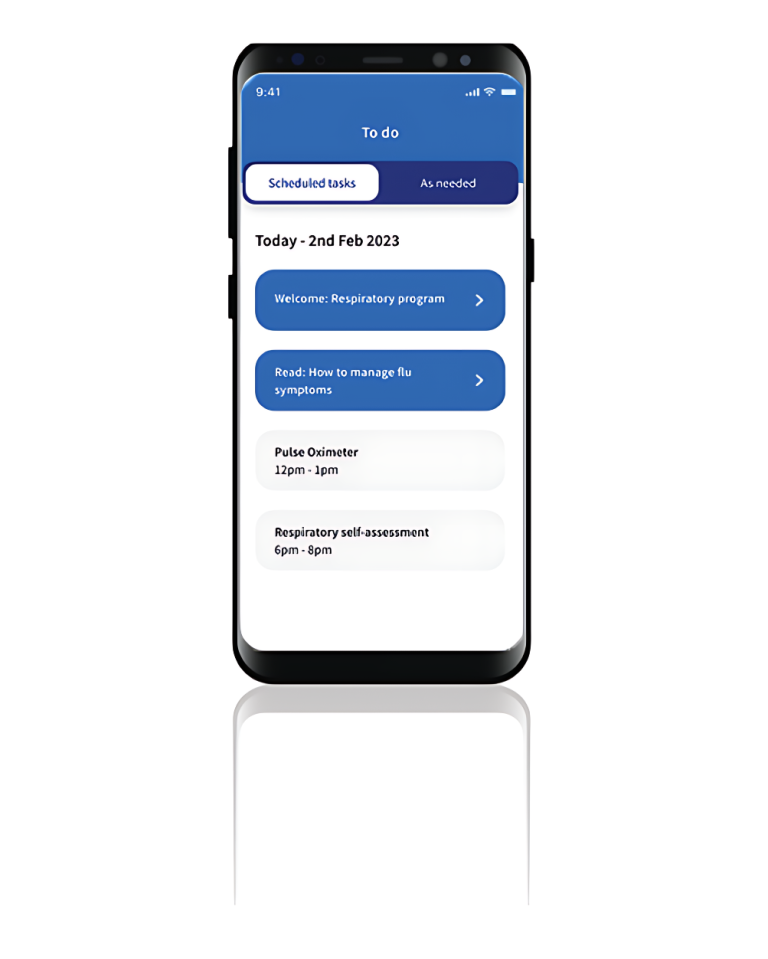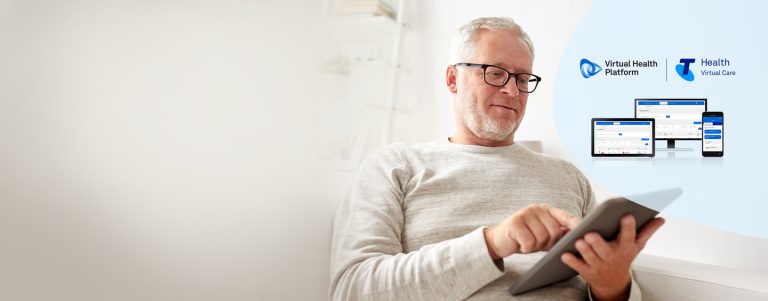Virtual Health Platform’s flexible and scalable design allows it to be applied across various use cases and organisations of all sizes,
Use care examples include:
- Hospital in the home
- Rehab in the Home
- Palliative Care
- Chronic Diseases
- Geriatrics in the Home

 Visit
Visit 










